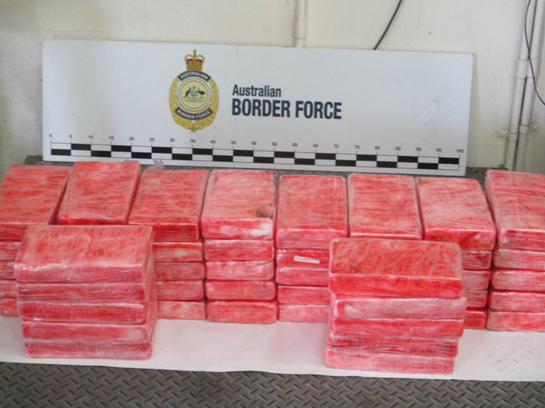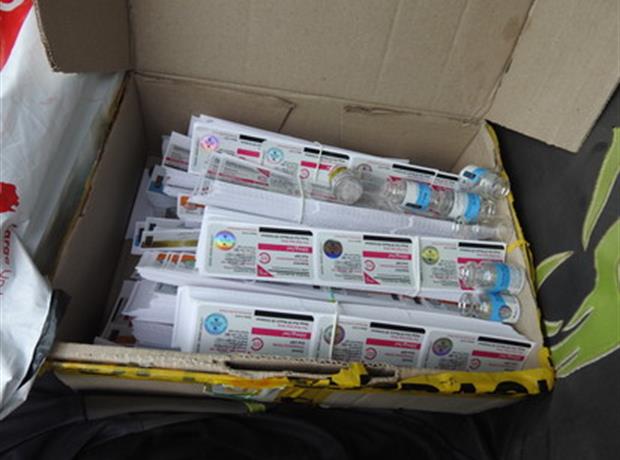A 22-year-old UK woman tried to smuggle in 1.5 litres of liquid cocaine concealed in lava lamp. The lady was charged for importing approximately 1.5 litres of liquid cocaine into the White Bay Cruise Terminal, Sydney.
When the lady arrived on a cruise ship from New Caledonia, Australian Customs and Border Protection Service (ACBPS) officers selected the woman for a baggage examination. On detailed scrutiny the ACBPS officers located a lava lamp with approximately 1.5 litres of liquid.
Lava lamp or Astro lamp is a decorative novelty item. It consists of coloured wax mixture inside a glass vessel placed on a box containing an incandescent light bulb. The heat of the bulb causes temporary reductions in the density and viscosity of the wax. The warmed wax rises through the surrounding liquid, cools, loses its buoyancy, and falls back to the bottom of the vessel in a cycle that is visually suggestive of lava, hence the name.
On chemical analysis, the liquid turned positive for cocaine. The ACBPS detector dog also responded positively to the cocaine concealment. The case was subsequently transferred to the Australian Federal Police (AFP). The AFP charged the woman with importing a marketable quantity of a border controlled drug, pursuant to section 307.2 of the Criminal Code 1995. The maximum penalty for the offence is imprisonment for 25 years and or a fine of up to $850,000. No Sydney customs broker is associated with this case.
Mr. Demetrio Veteri, ACBPS Deputy National Director Compliance and Enforcement said the Customs and Border Protection uses a range of technologies and shared intelligence to detect and disrupt the illicit drug trade. Whatever methods drug peddlers us it will be detected. This is irrespective of the concealment method or entry point.
According to the statement issued by Jennifer Hurst, AFP Manager Crime Operations “This detection sends a clear message that law enforcement agencies are committed to working together to stop drugs from entering Australia, despite the concealment methods used to evade detection,”



